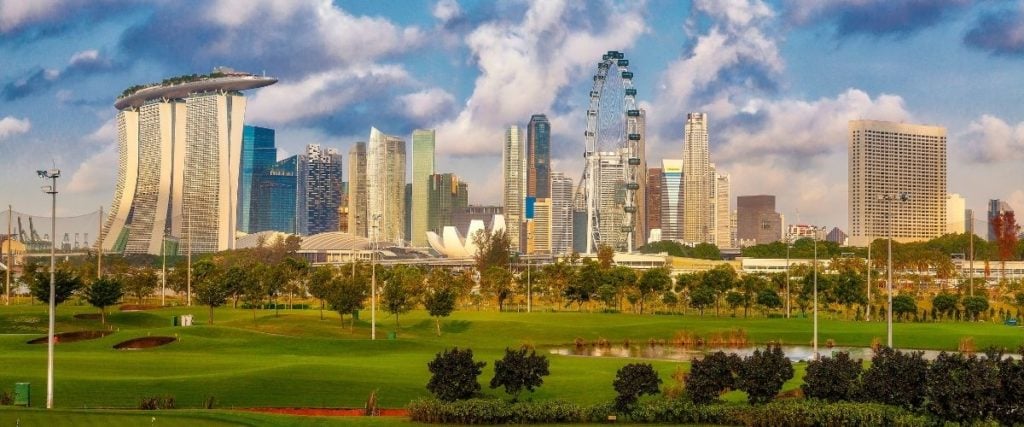As consumers are becoming more eco-conscious, individuals, corporations, and governments are finding new ways to innovate in sustainable tech. Here are the top trends to watch for in 2022.
Rising global eco-consciousness and increased awareness of the individual consumer are pushing sustainable technological innovations that support ecological conservation. As a result, environmental engineers and scientists in the Asia Pacific region are focusing on utilising sustainable tech to minimise energy-related greenhouse gas emissions.
During the 2021 Asia-Pacific Climate Week (APCW), the United Nations’ Economic and Social Commission for Asia and the Pacific (UNESCAP) established a net-zero emission goal to reach by 2050. Countries must adopt green technology and infrastructure to achieve this objective. Here are 2021 APCW’s main takeaways and six sustainable technological innovations supporting emission-reduction efforts.
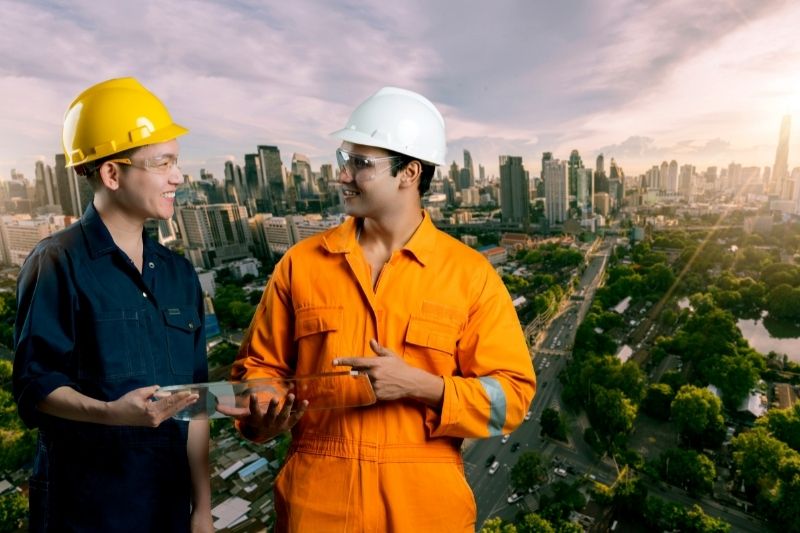
APCW’s Influence
At the APCW, energy professionals, innovators, environmentalists, and politicians explored reducing atmospheric degradation. Transit and energy production account for a significant quantity of global greenhouse gas emissions, the transportation sector alone producing 24% of carbon emissions worldwide.
Last year, energy production accounted for 31.5 billion tonnes of greenhouse gas emissions, heavily limiting global environmental sustainability. When air pollutants invade the atmosphere, they change its composition and ability to regulate surface temperatures. Emissions overproduce heat and raise the global temperature over time; as Earth becomes warmer, it experiences various forms of degradation.
On the second day of the APCW, individuals established ambitious ecological conservation plans to reduce the effects of greenhouse gas emissions. This includes plans to restore the local ecosystem by improving air quality. Additionally, individual countries have pledged to adopt the Paris Agreement‘s vision of decreasing global temperature by 2°C.
Environmental engineers and scientists have evaluated APAC’s ambitions and developed sustainable technology to support these goals- six innovations to decrease atmospheric and surface-level pollution, and improve conservation efforts.
Electric Public Transportation
Although Asia accounts for a high quantity of global greenhouse gas emissions, its cities are taking strides toward sustainability. Today, some Asia Pacific regions are paving the path to emission-free public transportation systems by using electric buses to support transit needs without producing tailpipe emissions.
Researchers predict 704,000 vehicles will make up the electric bus market by 2027, and the Asia Pacific is the largest consumer of these units. Environmentalists hope the transition will minimise the region’s dependence on oil and gas, reducing the greenhouse effect.
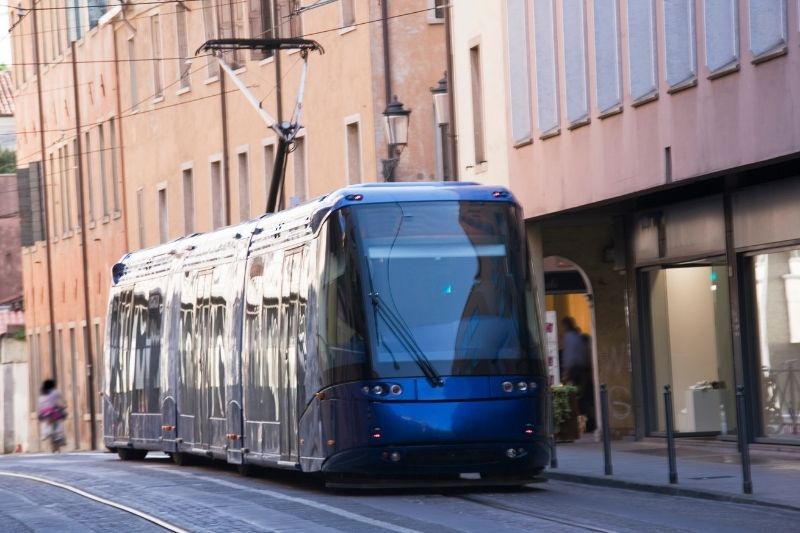
LED Lighting
Many cities also plan to swap their incandescent lighting systems with new light-emitting diode (LED) bulbs. The technological innovation significantly improves a building’s energy efficiency, reducing its reliance on emission-producing electricity supplies as LED lights are about 75% more energy efficient compared to conventional bulbs.
They also last nearly 25 times longer, reducing surface-level waste over time. Individuals can install the bulbs indoors, in headlights, streetlights and more to improve a city’s energy usage.
Carbon Capturing and Storage
Another sustainable tech advancement helping APAC reduce its emissions is the carbon capture and storage (CCS) system. Energy professionals install the technology at high-emission sites, like power plants or cement manufacturing facilities. The capturing device separates carbon dioxide from other pollutants, placing it in transportation pipelines, vehicles, or ships.
Professionals transport the emissions to a storage facility where they are placed into rock formations deep below Earth’s surface.
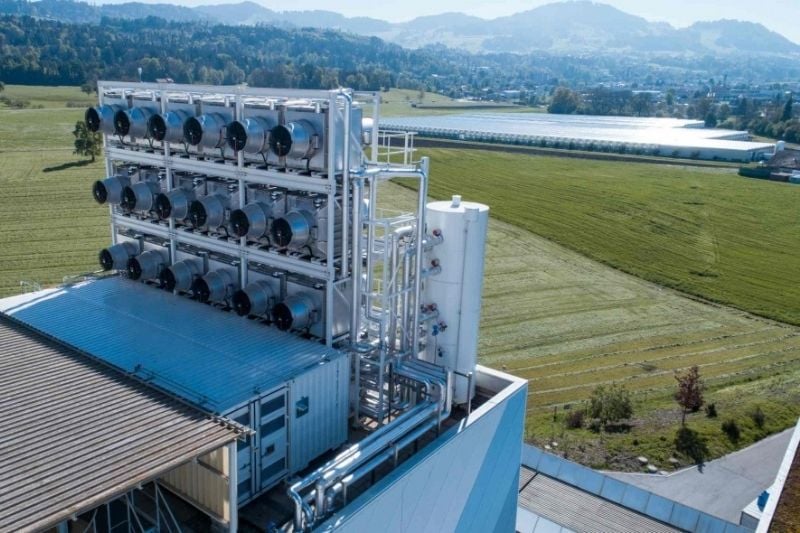
Renewable Energy Storage
Asia Pacific is also utilising renewable energy technology to decrease the production of greenhouse gases.
Energy professionals are developing renewable power storage systems to increase the abundance and availability of emission-free electricity. They use hydrogen fuel cells to hold excess energy as a solid. It connects to solar panels or wind turbines, using clean power to charge an internal battery.
An electrolyser divides the energy into hydrogen and water, transferring the water to a local supply centre. The system moves hydrogen through a fuel cell during peak electricity times, creating a direct power current. Cities can use these batteries for electric vehicles and appliances without producing emissions.
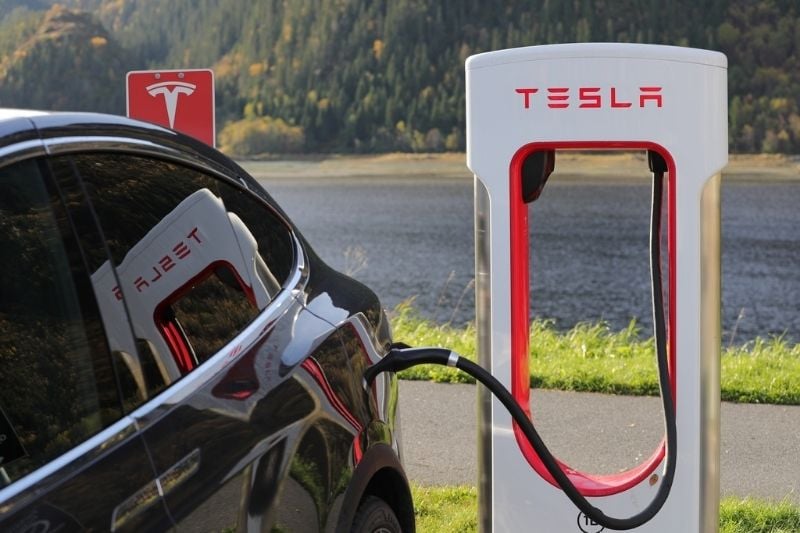
Electric Fleet Trucks
The Asia Pacific Region is also adopting electric fleet technology to improve shipping and transportation sustainability. Thailand, Japan, and China established a transition toward electric vehicles, especially in the commercial realm. Shipping companies plan to adopt technological innovations such as electric fleets to shrink their carbon footprint.
Offshore Renewables
Energy professionals in the region want to utilise offshore renewable power advancements to increase the supply of clean electricity. Asia Pacific has many small islands without sufficient land to produce emission-free power. Offshore wind turbines and floatovoltaic solar panels help coastal regions decrease their reliance on traditional energy grid sources.
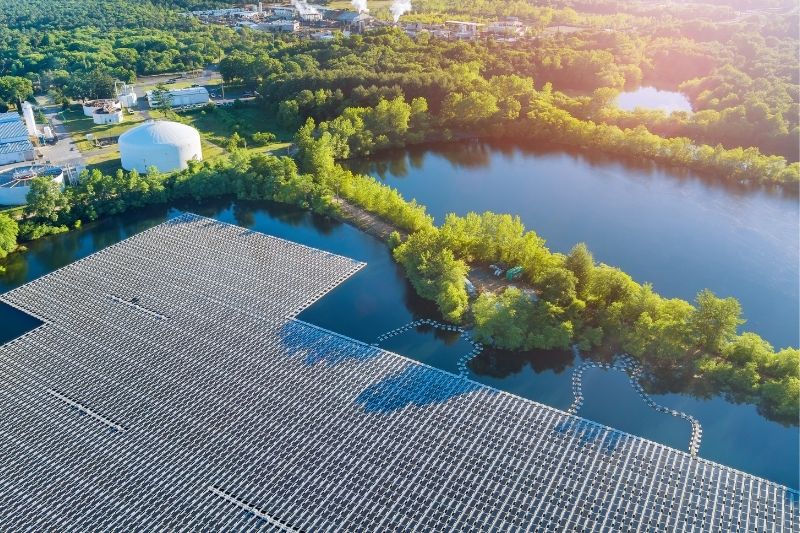
The Benefits of Adopting Sustainable Tech
Individuals, companies, and governments that adopt sustainable tech will be better able to conserve local ecosystems, protecting natural resources and biodiversity. These technological innovations also improve regional air quality and protect people’s health and well-being. As more research and development advances in this field, these green technologies may become more affordable and accessible, providing realistic long-term solutions not just in the Asia Pacific region, but also globally.
Related Articles
Inside Smart City Taiwan: A New Solution for Urban Living
Smart Mobility: The Future of Transportation
Carbon Offsets: Everything you Need to Know About the Corporate Sustainability Solution
